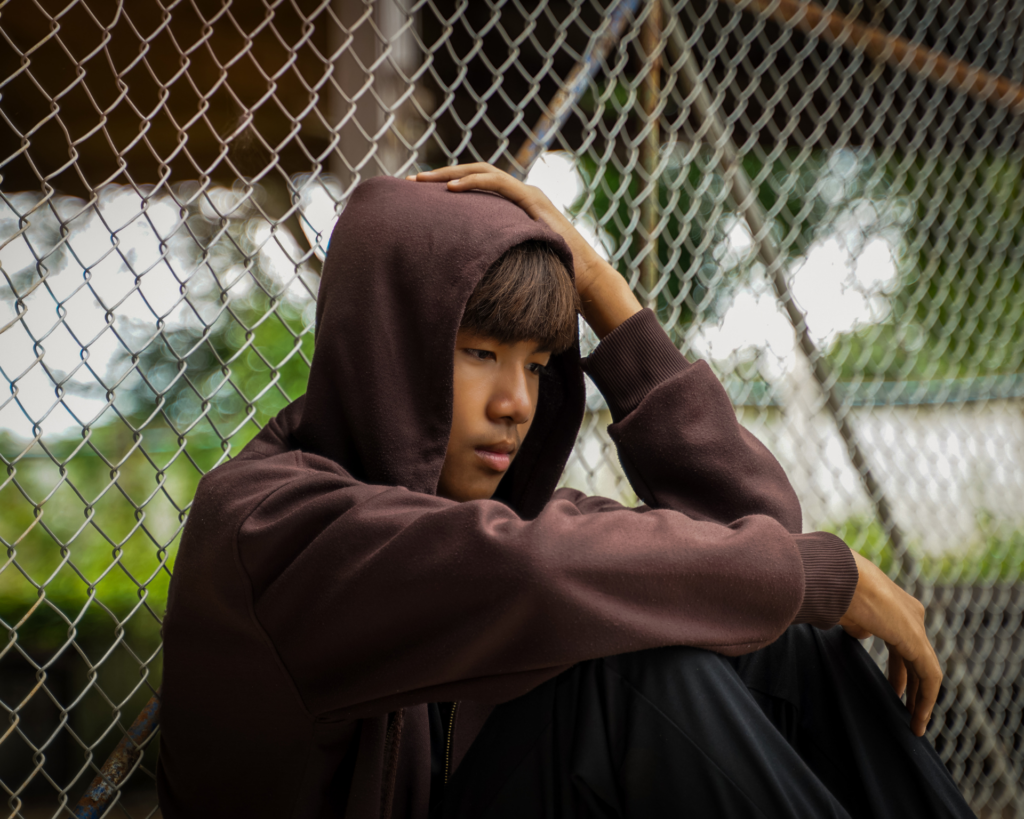Neglecting Children's Health
Between 2004 and 2016, foster care placements for abuse or neglect increased from 4.8% of all placements to 5.4%.

Read Time: 2 minutes
Published:
Reports of childhood abuse and neglect occur so frequently that child protective services (CPS) investigate suspected cases in almost two out of every five children age 18 and younger. One in 10 children are identified as a confirmed case of abuse or neglect, and one in 17 experience trauma severe enough for CPS to remove them from their caregivers’ custody and place them in foster care.
Youngmin Yi and her team quantified foster care placements for child abuse or neglect between 2004 and 2016 and analyzed the likelihood of foster care placement by race and ethnicity. Using data from the National Child Abuse and Neglect Data System and the Adoption and Foster Care Analysis and Reporting System, they investigated records for 9.2 million children.
Between 2004 and 2016, foster care placements for abuse or neglect increased from 4.8% of all placements to 5.4%. The graphic illustrates that the likelihood of being placed in care differs by race and ethnicity. Placement remained relatively stable among the three groups least likely to be placed in care – Asian and Pacific Islander, Hispanic, and white. Beginning in 2010, American Indian or Alaska Native children had the highest rate of placement, and Black children experienced the second greatest risk with rising numbers around the same year.
Databyte via Yi Y, Edwards FR, Wildeman C. Cumulative Prevalence of Confirmed Maltreatment and Foster Care Placement for US Children by Race/Ethnicity, 2011-2016. Am J Public Health. 2020 May;110(5):704-709.



